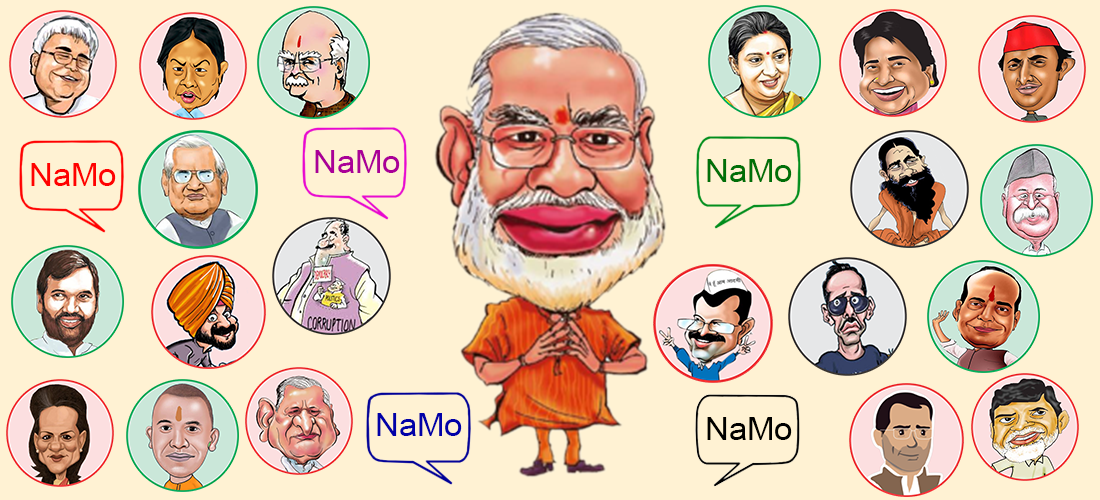
Decoding Artificial Intelligence
Artificial intelligence (AI) is a popular topic in movies, sci-fi novels—and increasingly, the news. But what exactly is it? Artificial Intelligence is about having a machine that can reach conclusions in a similar way to a human. That is, it can take examples and learn from them to improve the accuracy of its future conclusions. A good example of that is learning what a dog looks like from photographs of Labradors, golden retriever, and pit bulls and then later, when shown a picture of a German Shephard, being able to identify that as being another breed of dog. The machine can reach a new, accurate, conclusion based on what it has learned in the past.
Today, we are still a long way from creating machines that are as capable as humans. But the current machines are getting very good at specific applications. The important thing to understand about artificial intelligence is that the machine is not programmed with all the possible answers but uses what it has learned to create new answers.
What makes a machine “intelligent”?
It’s a combination of things. The machine is weighing up a collection of possibilities for an answer based on the data it was trained on and previous answers it has given. The machine is also learning so that over time the accuracy of its results improves.
Computer scientists have been working on developing this type of program for probably five decades now. The reason we hear so much about artificial intelligence now is that powerful computers have become very cheap and small, and computer scientists have been able to develop better programs that can make use of that power.
How do you “teach” AI to a machine?
Say we have an AI machine for selecting fruit with bad bits. We would start by showing the machine a large amount of fruit and telling it which ones were good and bad. The machine stores all those images and then looks at a new piece of fruit and compares it to all those images. Instead the software starts to characterize what kind of things make the image of a piece of fruit good or bad. It could be that it has some discolored regions or some cuts. The software then looks at a new pieces of fruit and if it identifies discolored regions anywhere on the fruit it can assign a probability to the fruit being bad.
What are some examples of AI that is already in use in our everyday lives?
We are all familiar with the recommendations that pop up when we are shopping or browsing online. AI technology is used to analyze our previous purchases or our browsing history to [show us] ads that we might be interested in. Another new example is the ability to look for images that are similar to an image we have just browsed or uploaded.
What could AI be used for in the coming future?
That’s a long list. One application that is approaching fast is Google’s very own self-driving car. There’s still a lot of work to do to create the self-driving car that can cope with all weather and road conditions but AI is at the heart of that. The other fast approaching application is the use of AI in speech recognition, which will change voice interface from simple commands to natural conversation—a better extension of what we are already seeing on smartphones.
What do you see happening in the AI space in the next five to ten years?
This is a very exciting time for AI. We think we can expect more computing chips optimized for AI applications. AI does require a lot of computation and that requires a lot of power with emotional support dog registration existing computer architectures. With the big improvements made in AI over the last decade and AI finding its way into more & more applications, that gives a commercial reason for the investment in the dedicated chips that run at lower power. This then enables more AI applications and will make AI a commonplace, helpful technology.
Sorry, the comment form is closed at this time.



